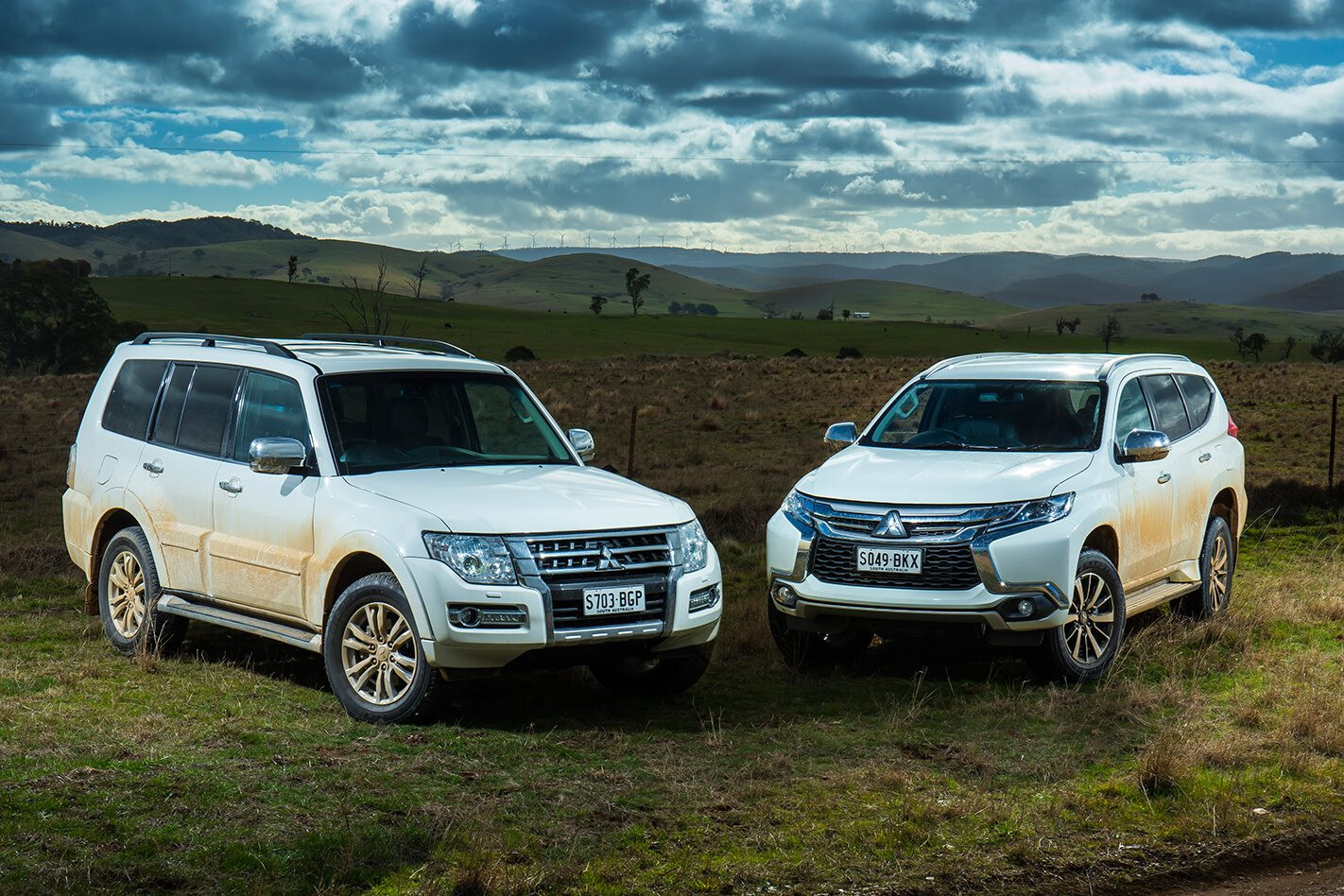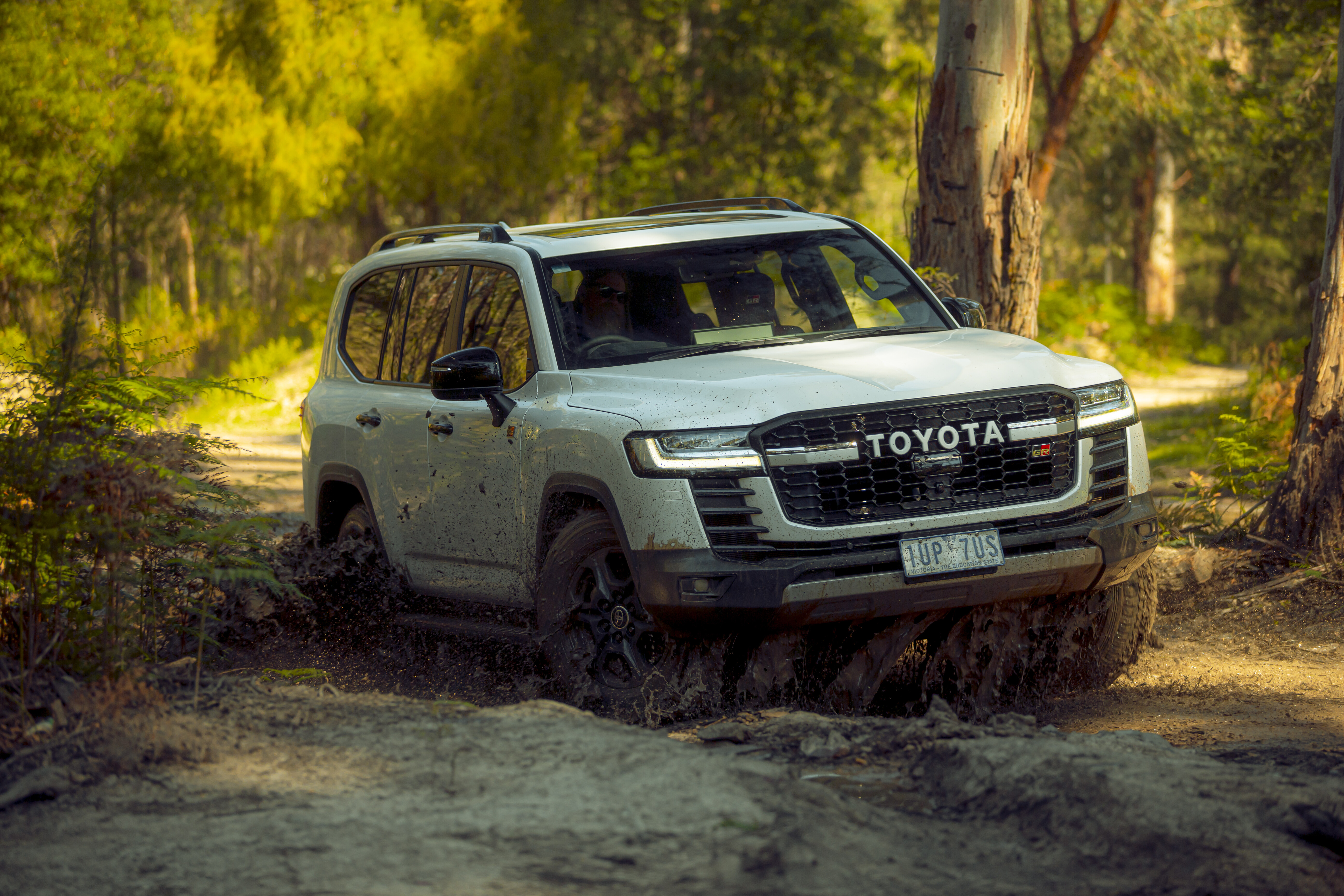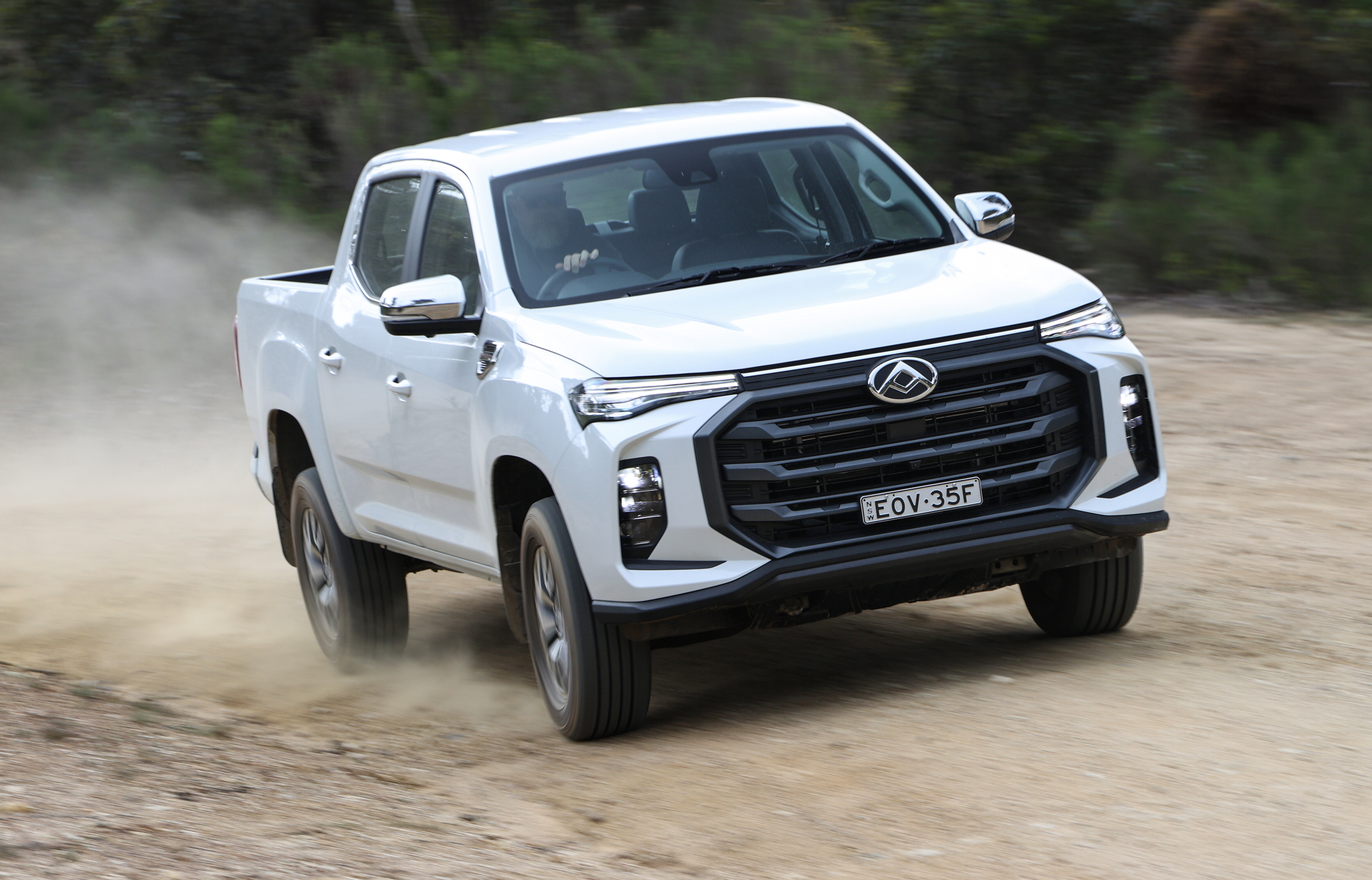WITH the Pajero Sport now sporting a third row of seats, is it ready to rule the roost and take over from the ‘old’ Mitsubishi Pajero?
We have driven them side-by-side to see whether the Sport has what it takes to look after Mitsubishi’s fortunes in the 4×4 wagon market.
The Pajero Sport utilises a smaller capacity 2.4-litre diesel engine that’s mated to an eight-speed automatic transmission. This differs from the Pajero’s 3.2-litre diesel and five-speed automatic.
Despite the lower capacity, the smaller engine almost matches the maximum torque of the 3.2 by claiming 430Nm against 441Nm, even if it takes another 500rpm to get there.
The 2.4 generates 133kW versus the 3.2’s 147kW.
Given the Sport is derived from the Triton ute, it’s no surprise that it utilises a separate chassis construction. On-road it’s generally smoother and quieter than its older, bigger brother. However, the Pajero is tighter and crisper in general road feel.
Both are more than capable off-road, though neither are leading edge when it comes to off-road performance. The Pajero and Pajero Sport also both utilise Mitsubishi’s Super Select 4WD system, which is effectively a full-time system with the option of 2WD.
The tow ratings for both are also similar, with the Sport just edging ahead of the Pajero (3100kg v 3000kg).
Will the smaller Sport pack enough to fill its big brother’s boots? Check out the video review above, or read the full Mitsubishi Pajero vs Pajero Sport review, to find out.





